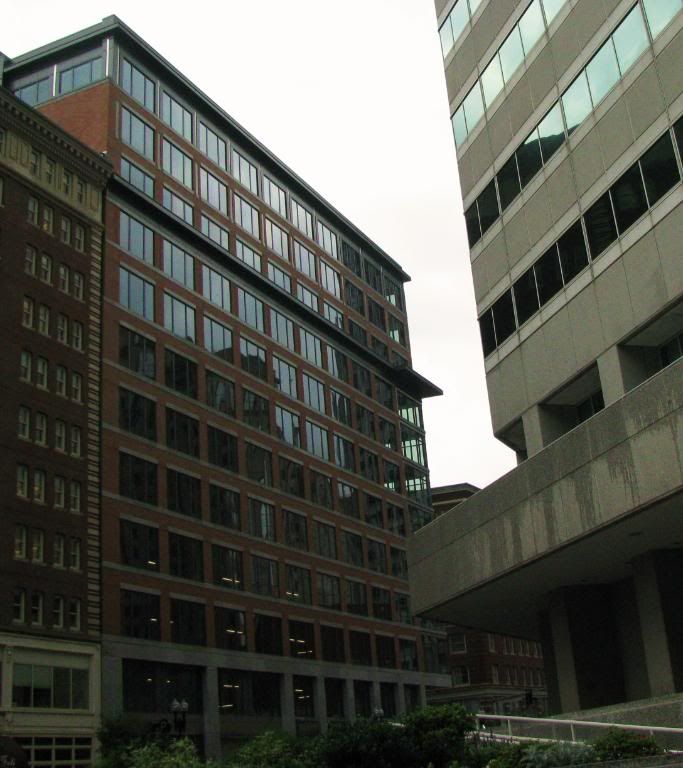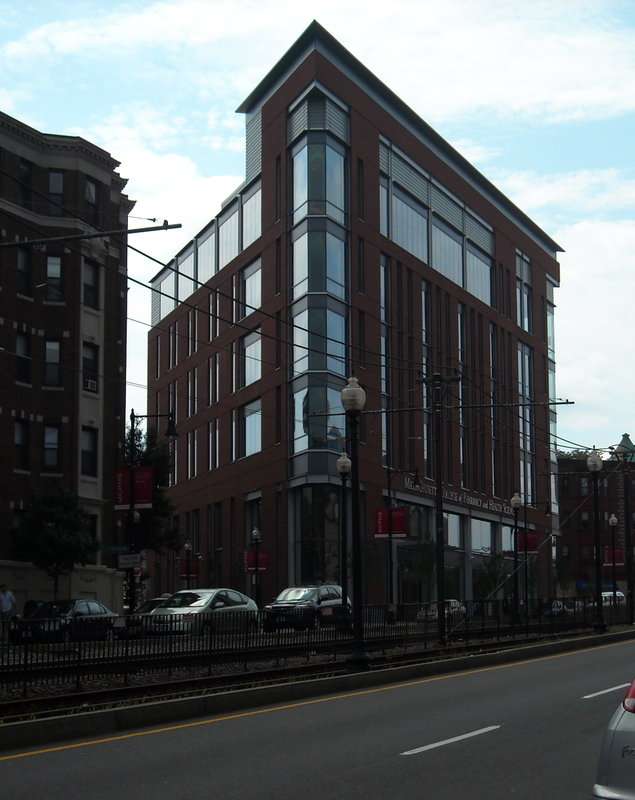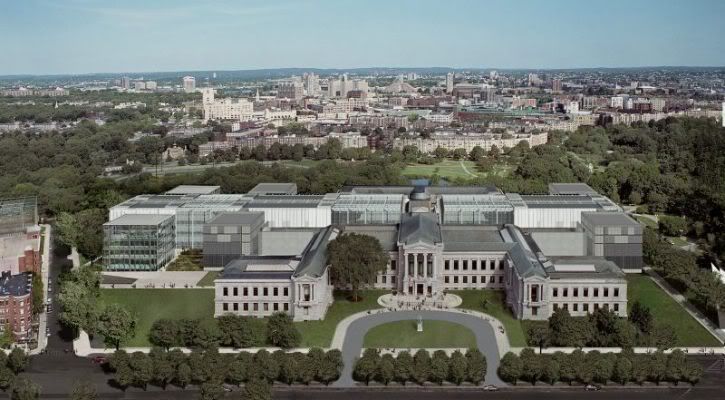golodhendil
Active Member
Boston does, in fact, have a clique of archi-geeks, which can be found on here (incidentally, about a year or two ago they've also had a discussion about what was/is/will be the "Boston style"). Most of them have come to a similar conclusion as I posted in the One Congress Street thread, that City Hall itself is not the problem but the empty brick plaza around it. As for 40th anniversary, there was nothing in particular that happened (even though I'd think 40 is not usually something celebrated very extravagantly anyway); I do recall reading something on the Boston Globe about various ideas/plans to redesign City Hall and/or the plaza, mainly by putting various additions/structures on top of it, but I couldn't seem to find the links anymore.Though speaking of Boston, I was reflecting on this post, and thinking of how, even if it comes natural to Bostonians, there's something strangely simplistic about that way of "viewing" architecture from a Torontonian standpoint. Like, if there's an inherent and underexplored "Toronto style", it may be less in our way of building anew, than in our way of adapting to and discussing and creatively beholding that which already exists.
For instance, as I see it, if Boston were like Toronto, Boston City Hall's rep wouldn't have slid to this level of universal mob-rule loathing with a few pointy-headed academics, architects, and Docomomo-fringe masochists as the mere pathetic exception. Instead, it'd be "adapted to" over time, and even rediscovered, embraced and celebrated by younger generations, by a Bostonian version of a certain Spacing or Concrete Toronto spirit appreciative of the bold form and 60s optimism. And the "mere pathetic exception" wouldn't seem so mere, so pathetic, so marginalized...they'd seem rather, well, sagely.
It's not that the more general too-otherwise-preoccupied-to-be-"informed" public would have shared such love. But at worst, BCH's rep might have been more Robarts-like, I suspect: lovably "loathesome".
If Boston were like Toronto, 2008 would have seen disarmingly enlightening 40th anniversary celebrations, exhibitions, and public symposia on Boston City Hall. Instead, there was...nothing. I tried Googling up variations on "Boston City Hall" and "40th anniversary", and from a casual-enough observation there was...zilch.
That's sad. And shocking, in an academically-tinged metropolis that once helped midwife (through Gropius et al at the Harvard GSD, and beyond) International Modernism in North America. From a Torontonian urban-dialogue/discussion standpoint, that's tank-town level.
With that under consideration: maybe we, in Toronto, have it made, more than we realize. And it must perplex outsiders that the adopted home of Jane Jacobs is too nuanced and paradoxical and lively in its urban self-reflection to simply follow paint-by-numbers William H. Whyte formulae or Kunstlerian agitprop...it's like we say yes, thank you, and go our own way. We're so infused with Jane Jacobs compatibility, we know how to fold it against itself. And create some pretty fascinating urban origami sculptures, ever-changing under the evolving urban light.
Even though Boston is a very academic city (I wouldn't exactly call it a metropolis), in many ways the resident population is still very conservative / "provincial", unlike the much more transient population of students and young professionals who might be more creative/innovative on these things. There certainly is nothing similar to Spacing around here. The planning and development process in Boston is horrendously slow and controlled by NIMBYs whose chief complaints are "It's too tall", "It's out of context" and "It casts shadows", and this is also the place that could produce a bill in the state legislature that tries to block all future development that would cast any shadow anytime on several of the city's parks so that people "will get as much sunlight as they get now into the future . . . until we tear some buildings down, and then we'll get some more." (exact quotation from the legislator)
The Boston area does have several fairly daring modern architectural pieces (especially those on the various university campuses, such as MIT's Stata Center), but the majority of what's being built now are all quite contextual and fit in the their surrounding buildings, such as these two recently finished ones:
Two Financial Center

New academic centre for Massachusetts College of Pharmacy

which is not necessarily a bad thing, if they are done well.
A good example of the difference in the way Boston and Toronto do things could be in how they approached their respective museum expansion. Comparing to our ROM, this is what the final, completed expansion of Boston's Museum of Fine Arts would look like:

with the new additions being the axis of boxes along the middle.





